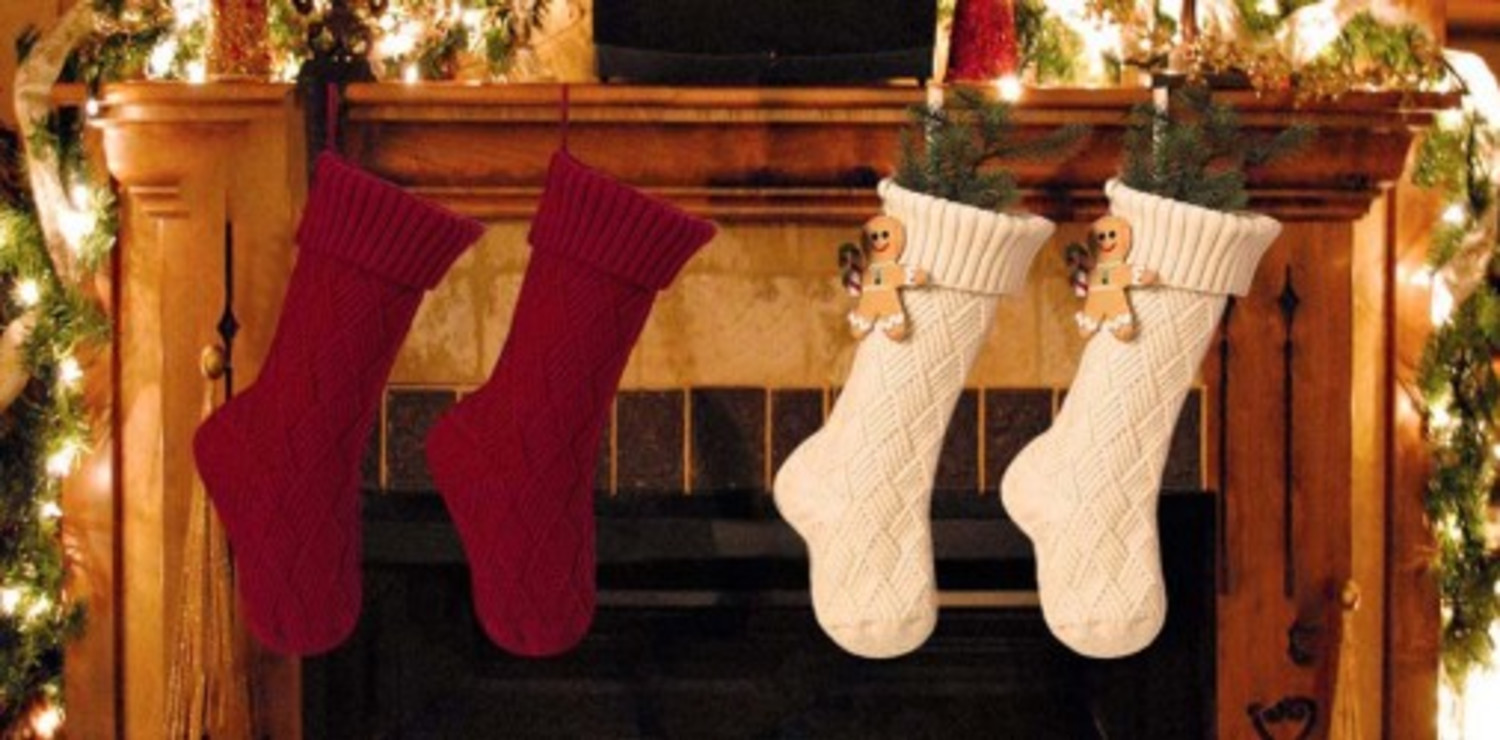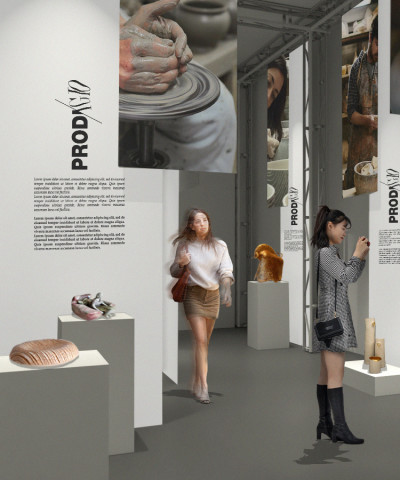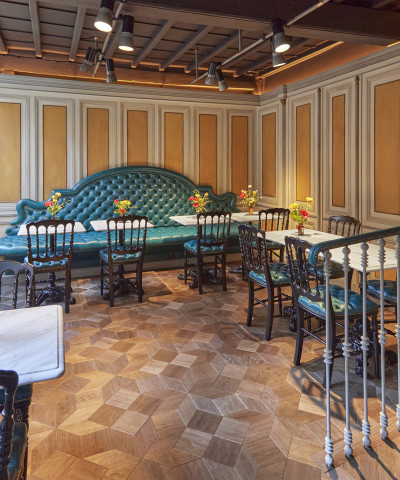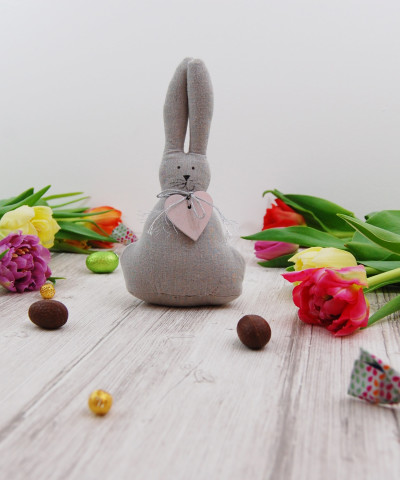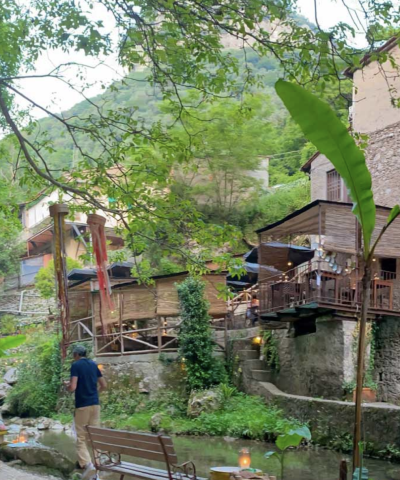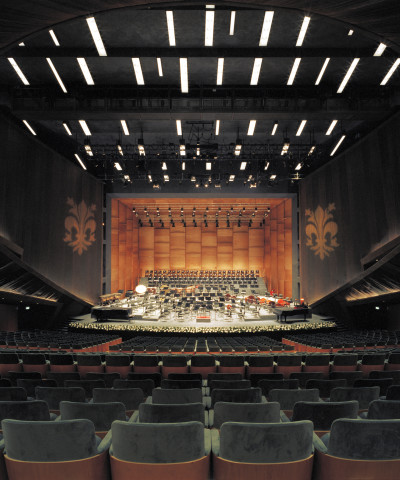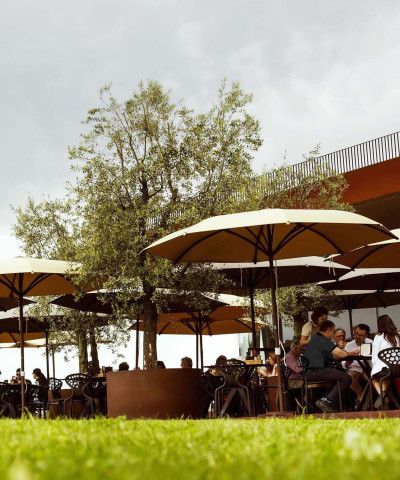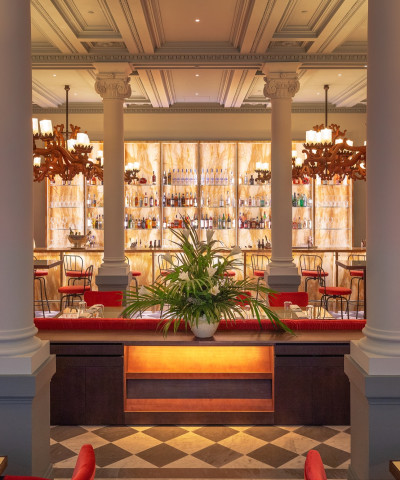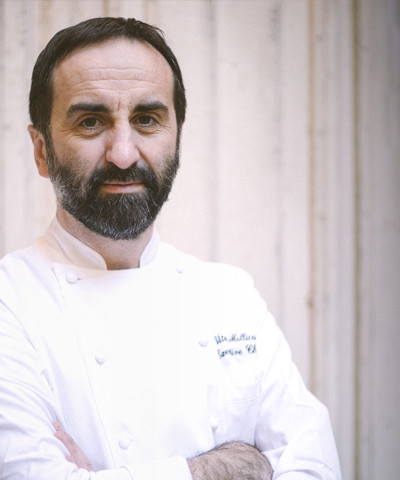The history of the Bafana and its traditions in Tuscany
Discover the secrets of a party that greets Christmas, loved by young and old alike
"The befana comes at night with her shoes all broken... She comes from the sky with her broom and settles on the roofs, and then comes down the chimneys with her basket".
6 January is certainly a date to remember, engraved in the family memory, for young and old, the heart of a popular tradition that makes the Christmas holidays an even more magical time.
But watch out for the coal, if you received it, it means you didn't behave too well during the year!
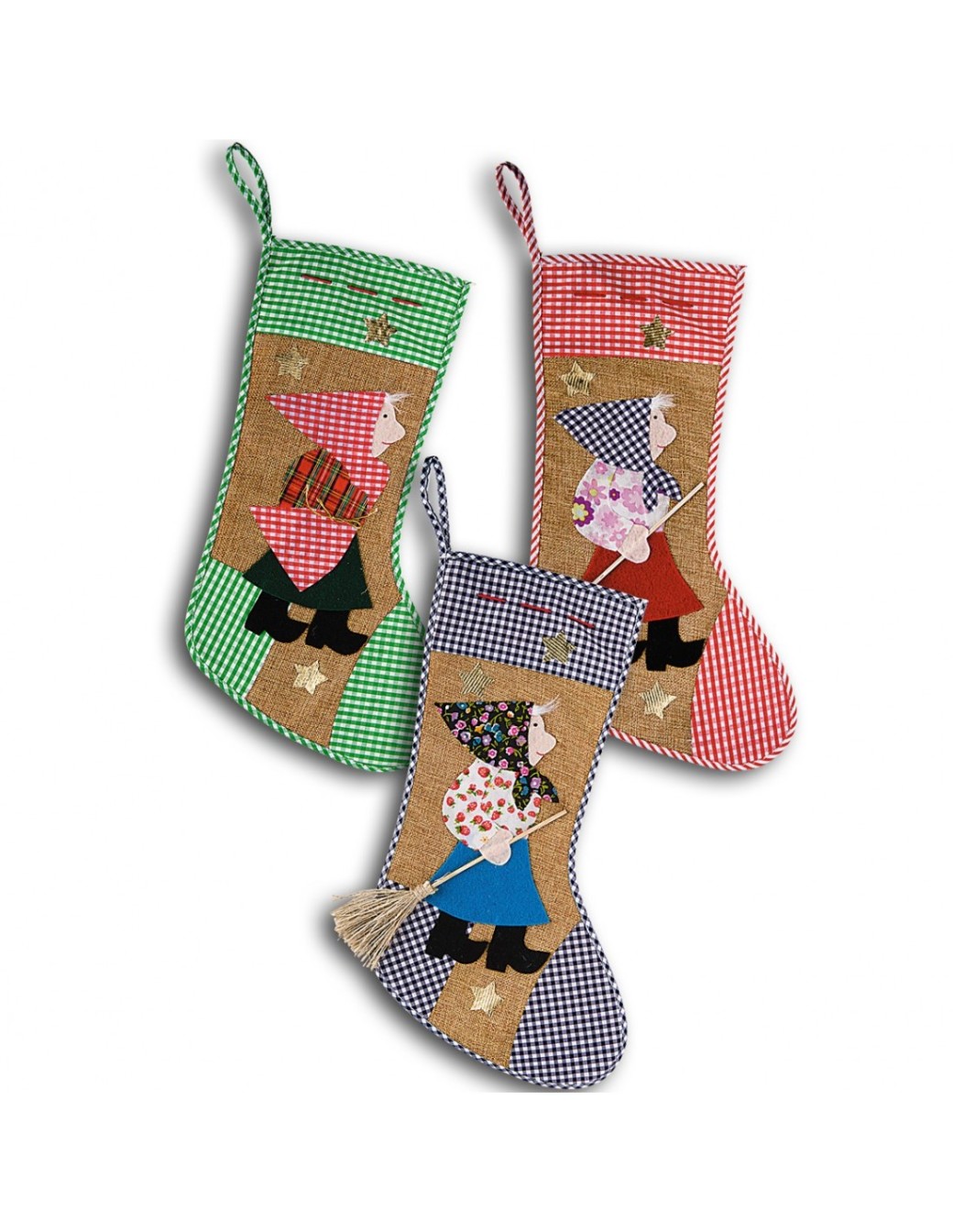 la calza della befana
la calza della befanaBut what is the Befana symbol par excellence? The custom of placing gifts (sweets, dried fruit, tangerines, etc.) in a stocking hanging from the fireplace on the night of the befana is said to have a propitiatory and renewal value for the new year. According to a legend dating from around the 12th century, the explanation for the gifts given by the befana is linked to the Three Wise Men who, unable to find their way to Bethlehem, asked an old woman for information, but she rudely refused to listen. Later, the woman regretted her action and prepared a sack full of sweets and started looking for them, stopping at every house to give sweets to the children in the hope that one of them would be the baby Jesus. Since then, this little old lady would go around the world on the night between 5 and 6 January, giving presents to children to make up for it. A legend says that Numa Pompilius, one of the famous seven kings of Rome, used to hang a stocking in a cave during the winter solstice period to receive gifts from a nymph.
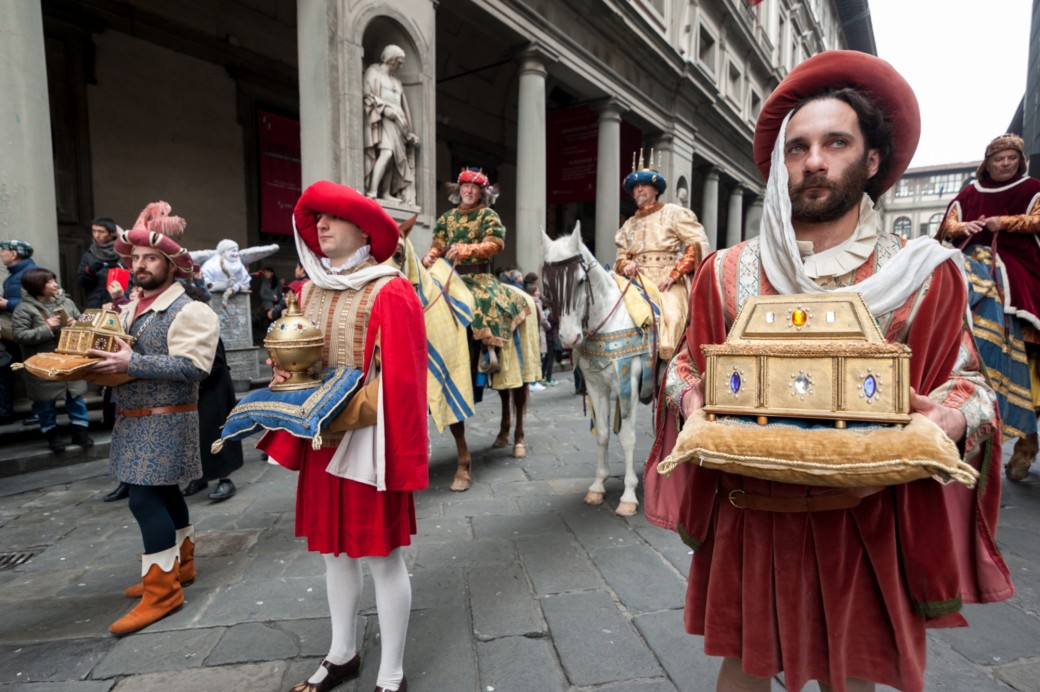 cavalcata dei magi
cavalcata dei magiEpiphany is a particularly popular festival in Florence, where the cult of the Three Kings has been rooted since the 14th century. There are many Tuscan traditions linked to the arrival of the Befana, some of which have been documented since medieval times. There is something for everyone!
The first is certainly the cavalcade of the Three Kings, which takes up a tradition born in Florence in the fourteenth century. We know in fact that on 6 January 1390 a procession set off from San Marco to simulate the Magi's journey to Bethlehem, represented for the occasion by the Baptistery. Repeated year after year (unfortunately we will have to do without it in 2021), this procession has become one of the city's main traditions, kept alive by Benozzo Gozzoli's splendid frescoes in Palazzo Medici Riccardi.
 Benozzo Gozzoli, Cappella dei Magi
Benozzo Gozzoli, Cappella dei MagiAnother tradition rooted in history is that of the Befanate, songs of the Befana that groups of children, often accompanied by a player of the accordion, violin or other instruments, sing from house to house on the night between 5 and 6 January, thus obtaining gifts and tips. Popular traditions are still alive in the Lucca area, on Monte Amiata and in the Pistoia mountains.
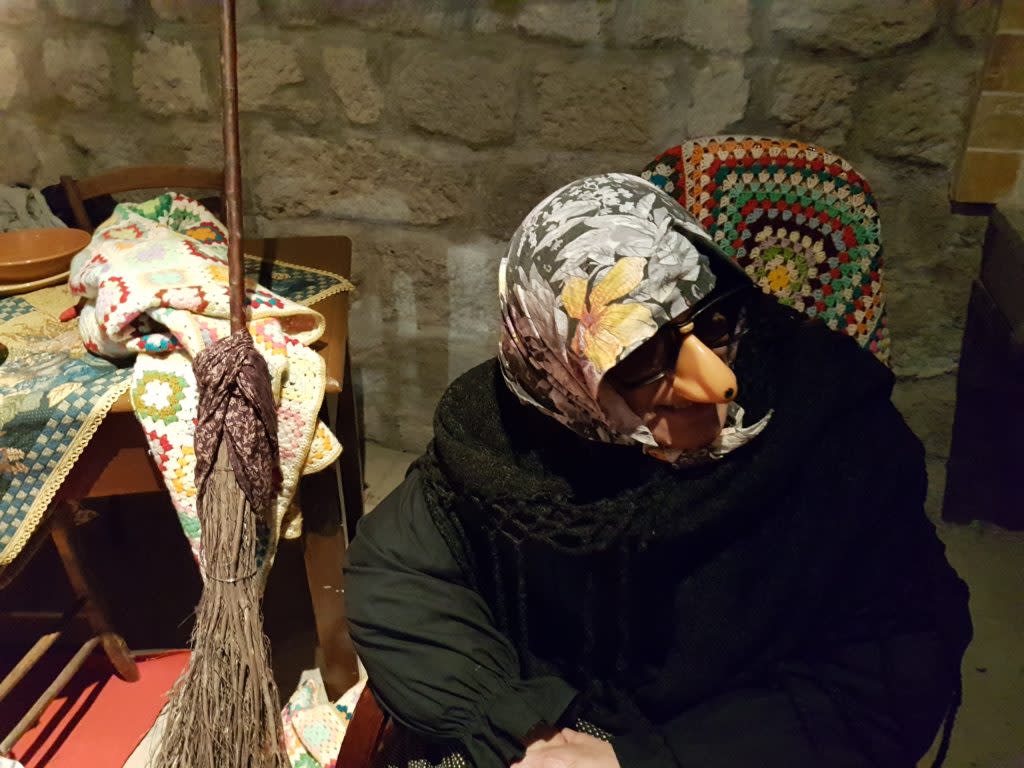 La tradizione toscana delle befanate
La tradizione toscana delle befanateFor those with a sweet tooth, befanini (or befanotti), shortcrust pastry biscuits with the characteristic aroma of orange peel and rum, made with moulds of various shapes on a Christmas theme. Typical of the Lucchesia area, they have been taken up by many pastry shops in Tuscany, which offer them with a special Befana shape.
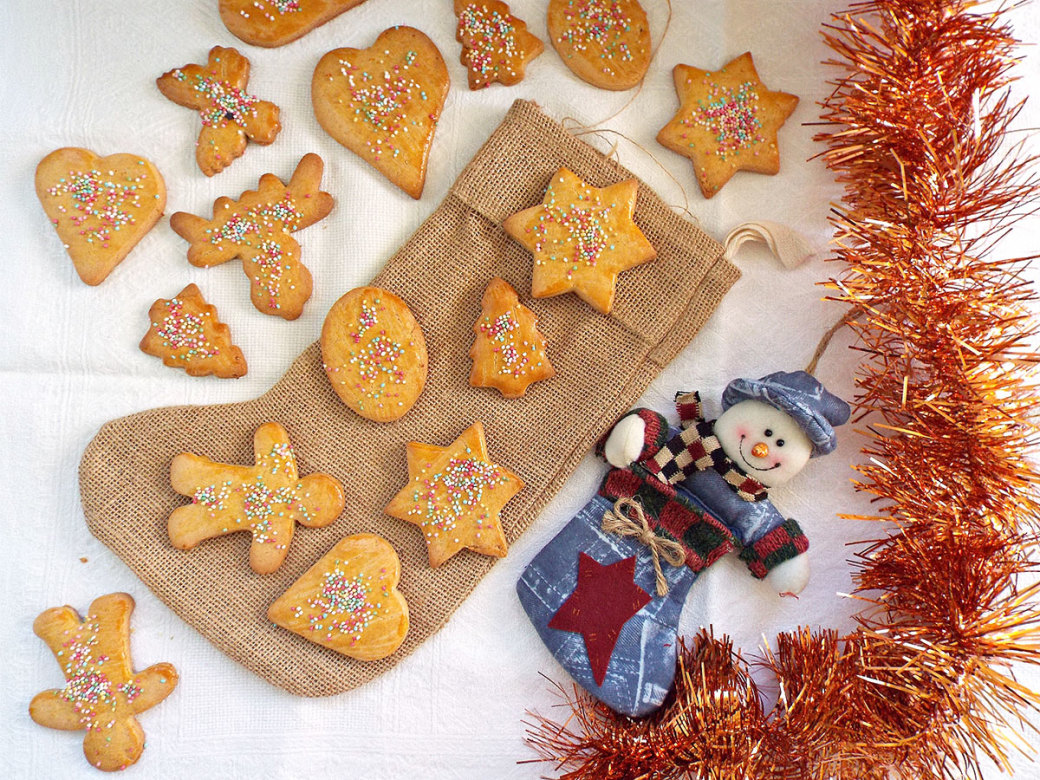 biscotti befanini
biscotti befanini Finally, a treat for the more daring: the Befana dive at Marina di Pisa. Every year, the people of Livorno and Pisa put aside their historical quarrels for one day and come together to celebrate the New Year and the arrival of the Epiphany with an unseasonably refreshing dip in the winter sea.






